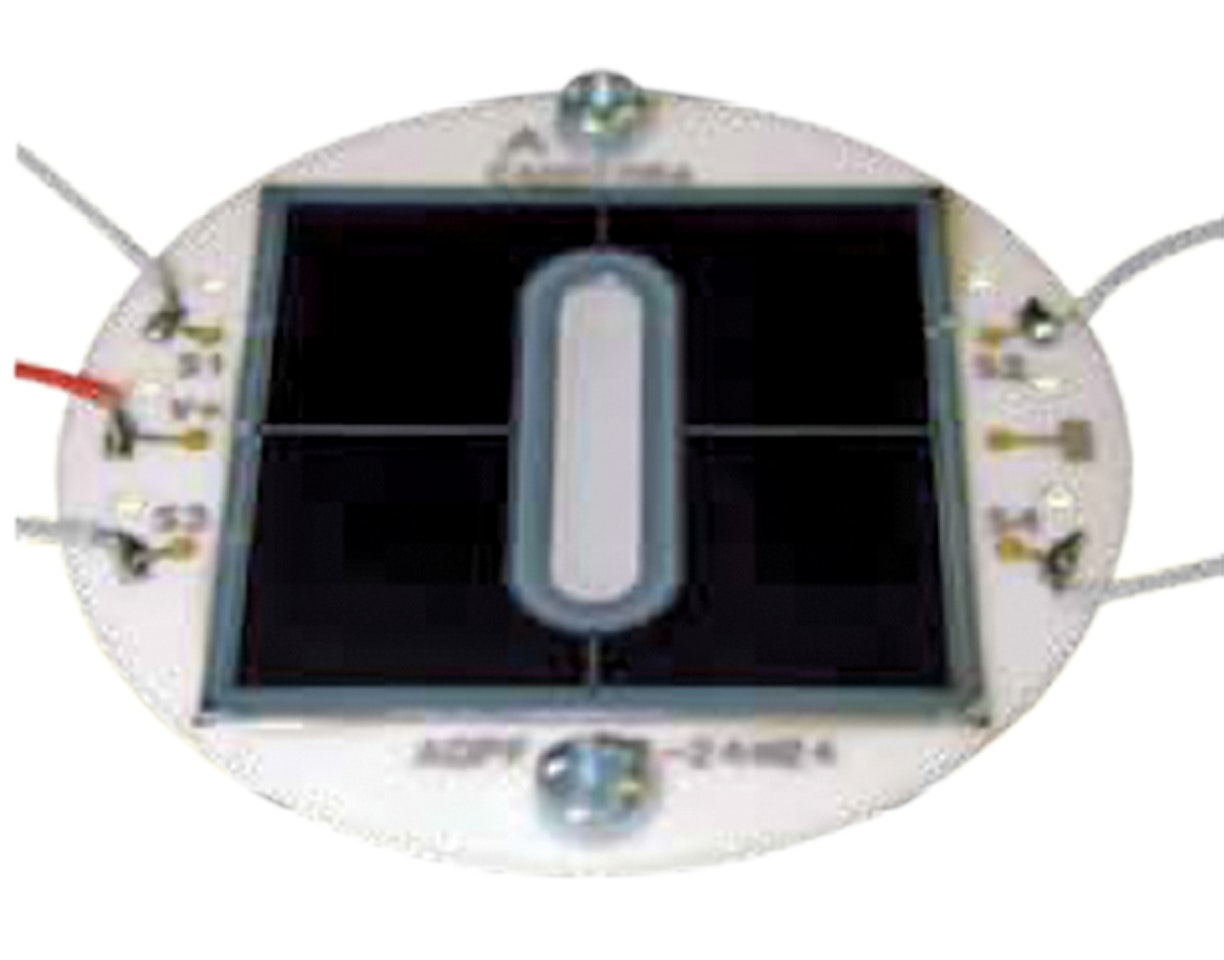
Photo-diodes for Synchrotron Applications
Single or multiple junction on ceramic board Electron Beam Detector Si Photodiodes.
Single or multiple junction on ceramic board Electron Beam Detector Si Photodiodes.
Encapsulated Germanium Detectors for Gamma Measurements
Encapsulation drastically enhances the germanium detector reliability. This technology is key for many applications, particularly in space, and especially if associated with Ultra-High Vacuum. Encapsulated germanium detectors may be easily handled by the users.
Mounting and operation of several HPGe detectors in a common vacuum with minimum spacing between consecutive elements makes a real challenge. Encapsulation techniques have been developed to minimize such problems. Placing each encapsulated detector into its own vacuum in an individual aluminum canister makes it possible to separate the vacuum of each detector from the cryogenic vacuum shared by all detectors. Encapsulation drastically enhances the germanium detector reliability. This technology is key for many applications, particularly in space, and especially if associated with ultra-high vacuum. It was demonstrated that encapsulation allows to address ruggedized applications as for space exploration.
In Nuclear Physics experiments encapsulated germanium detectors can now be easily handled by the users. They may be stored, exchanged or rearranged and be adapted to various applications with different types of cryostats. On a multi-detector array system, it will now be possible to anneal only those detectors affected by radiation damages
This encapsulation technology gives easy access to the front-end electronics (FETs). A FET replacement or a specific preamplifier sensitivity or fine tuning for high count rate ability is now possible without any risk for the HPGe crystal kept safely in its own vacuum sealed canister.
On request Mirion can provide the needed training for users who need to acquire skills to safely handle these encapsulated detectors.
Applications
Such a detector is easy-to-use, reliable and robust. So, it may be used in a large range of scientific and industrial applications such as:
Do you have a question or need a custom solution? We're here to help guide your research.
Looking for Services or Support?
We're here to help.